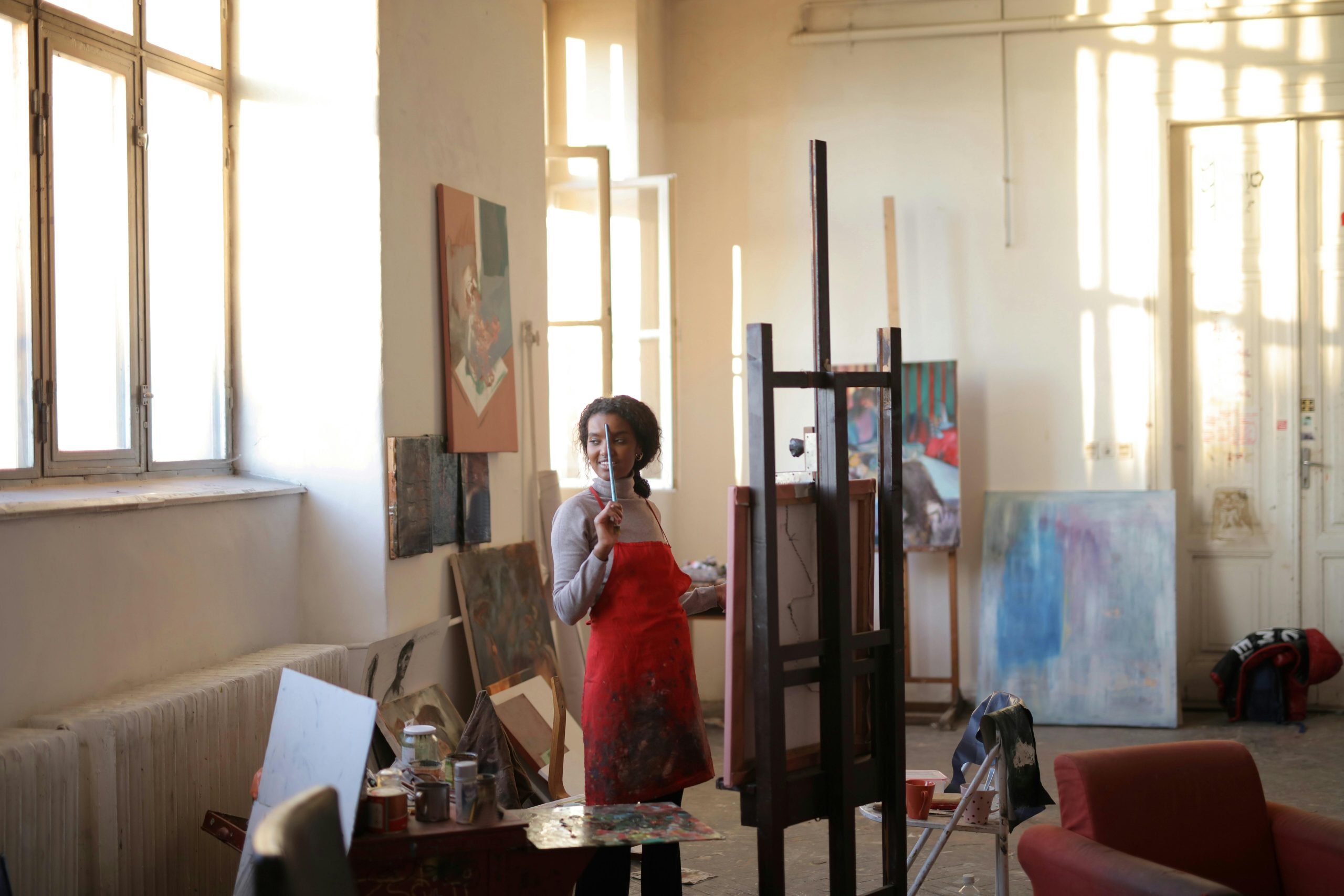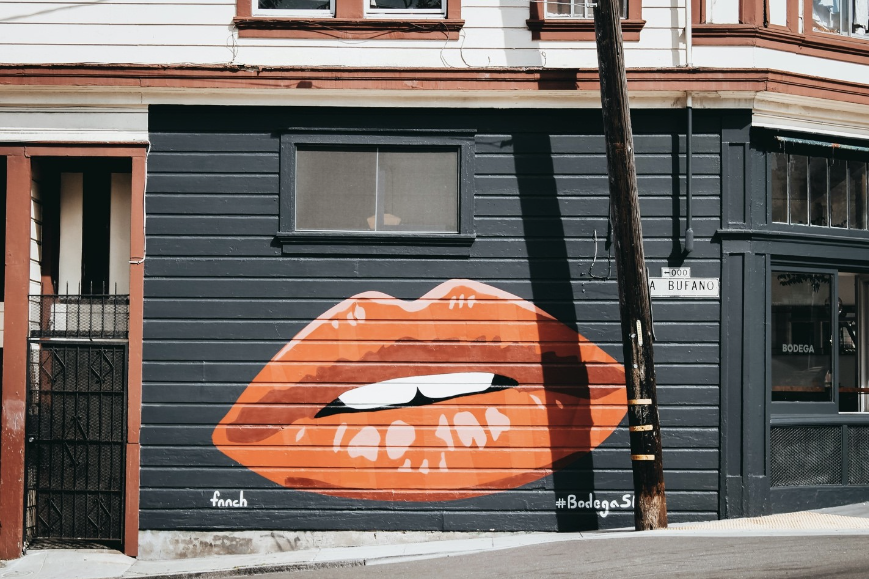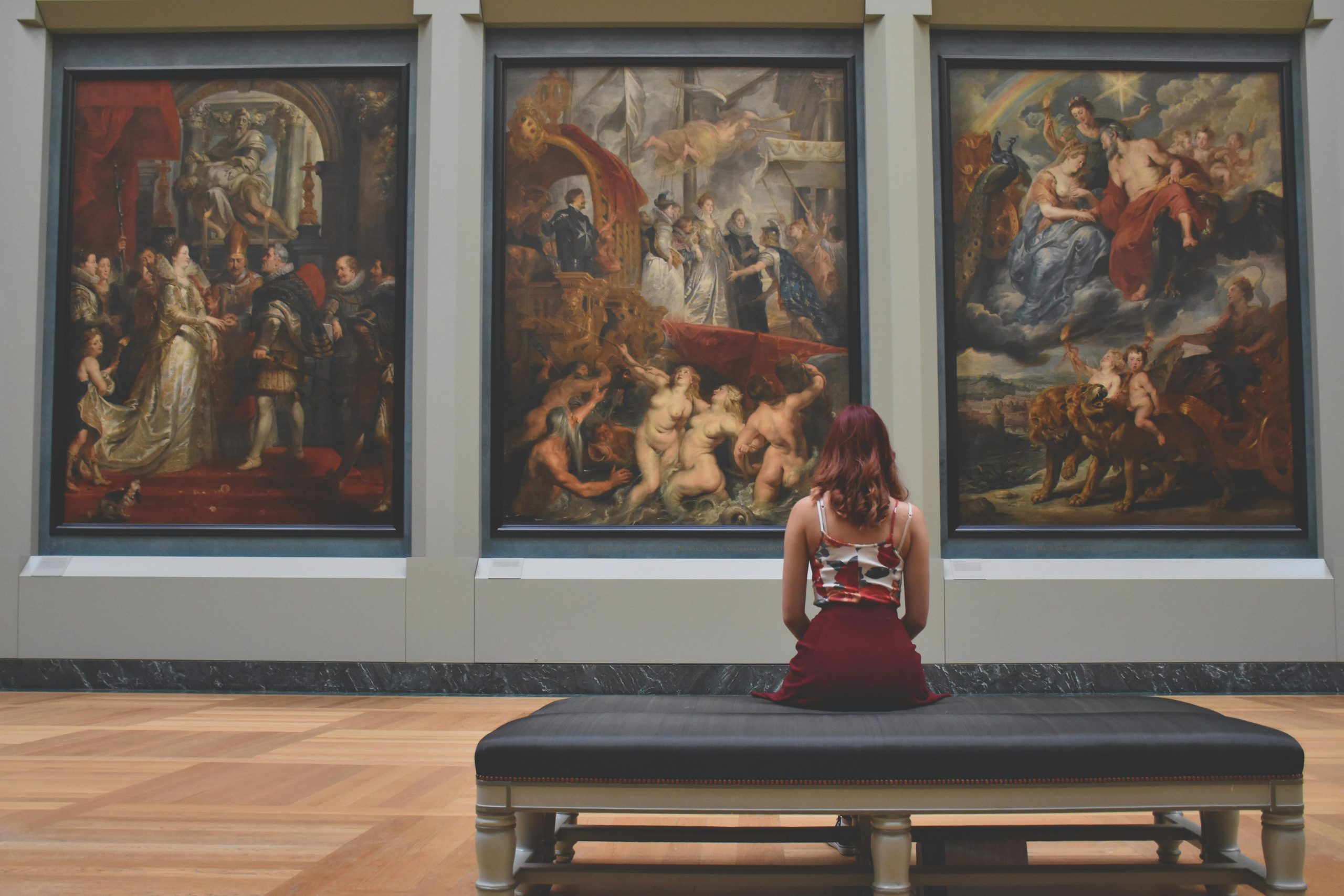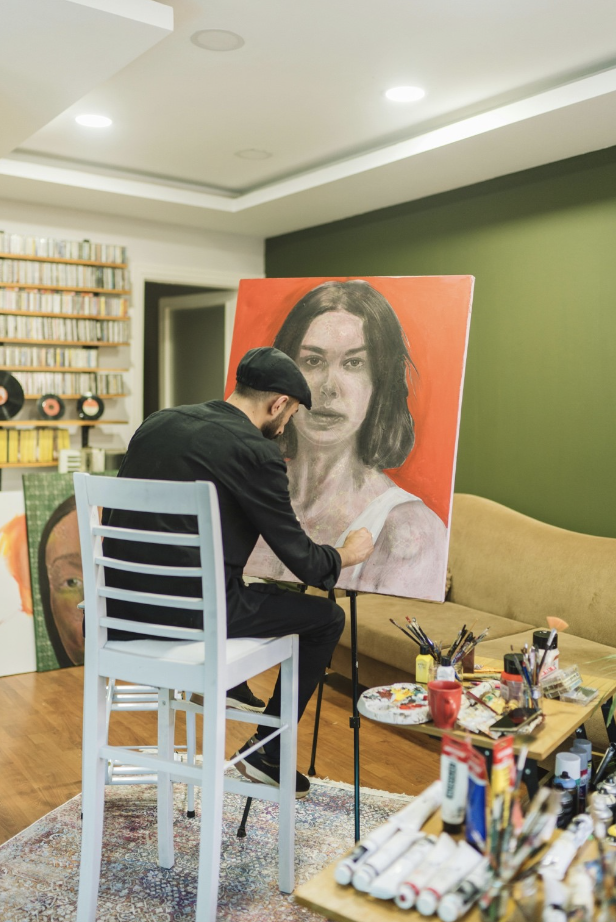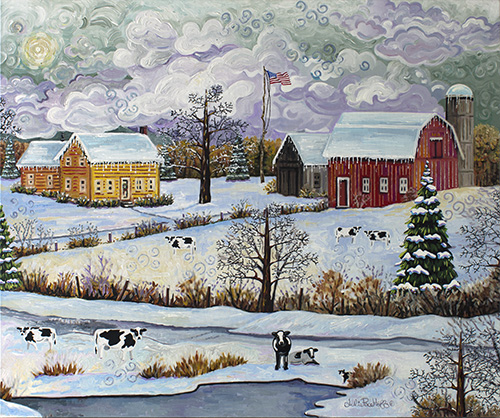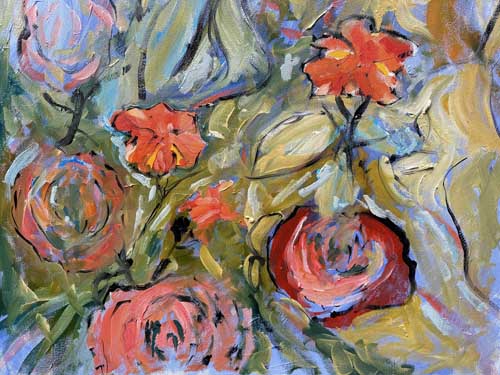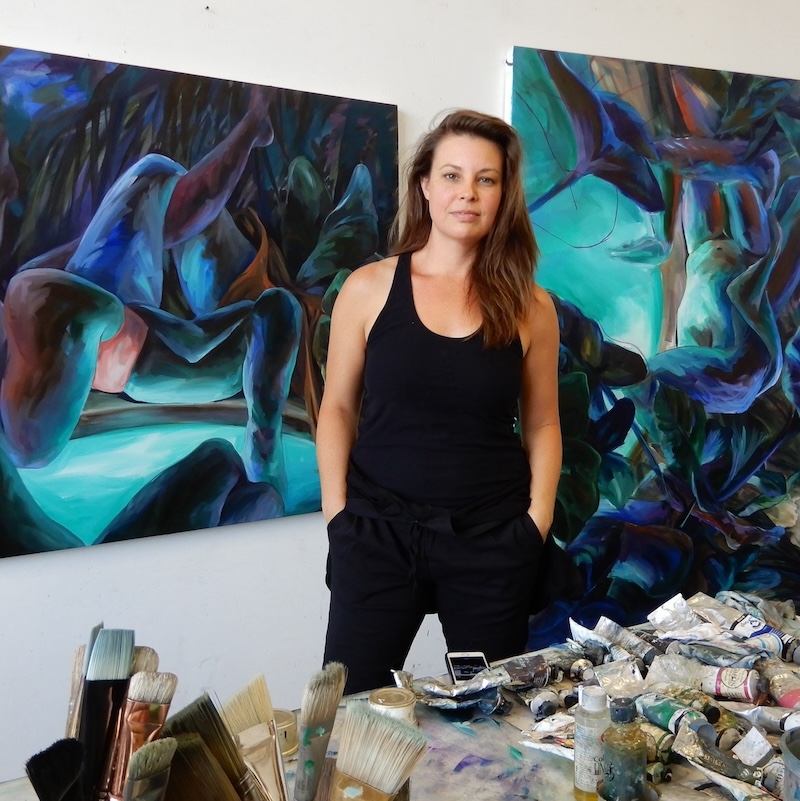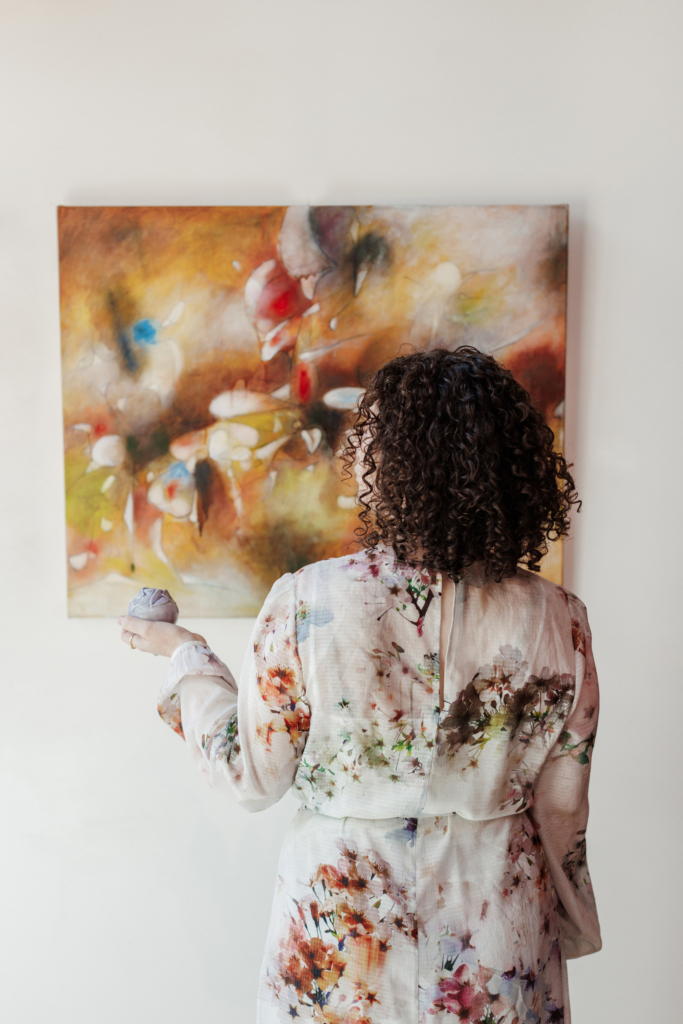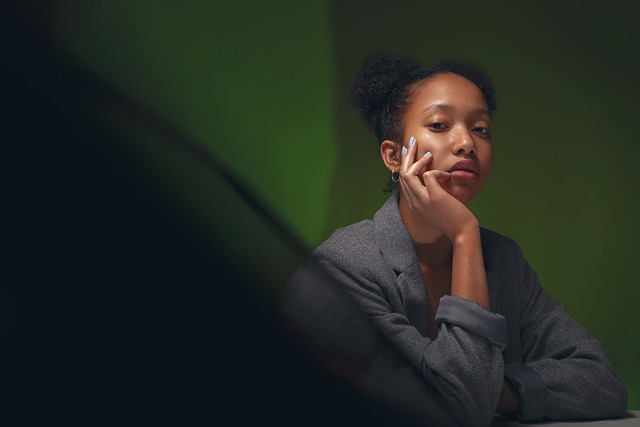Category: marketing
Legal Aspects of Selling Art Online: Copyrights, Contracts, and More – How to Sell Art Online
[ad_1]
Selling art online has become an increasingly popular avenue for artists to showcase and monetize their work. However, this convenience comes with a set of legal considerations that every artist and seller should be aware of.
Among these, copyrights stand out as a fundamental aspect of selling art online. This article will delve into the legal landscape surrounding online art sales, focusing on copyrights, contracts, and additional legal concerns that artists need to navigate.
Understanding Copyrights
Copyright is a form of intellectual property protection that grants the creator exclusive rights to their work. In the context of art, copyright protects the expression of ideas rather than the ideas themselves. This means that an artist holds the exclusive right to reproduce, distribute, and display their artwork. When selling art online, understanding copyright is crucial for both artists and buyers.
Key points to remember:
- Automatic protection: Copyrights are generally granted automatically upon creation of a work.
- Registration: While registration is not mandatory, it provides additional benefits, such as the ability to sue for infringement and recover statutory damages.
- Copyright infringement: If someone infringes on your copyright, you may have legal recourse.
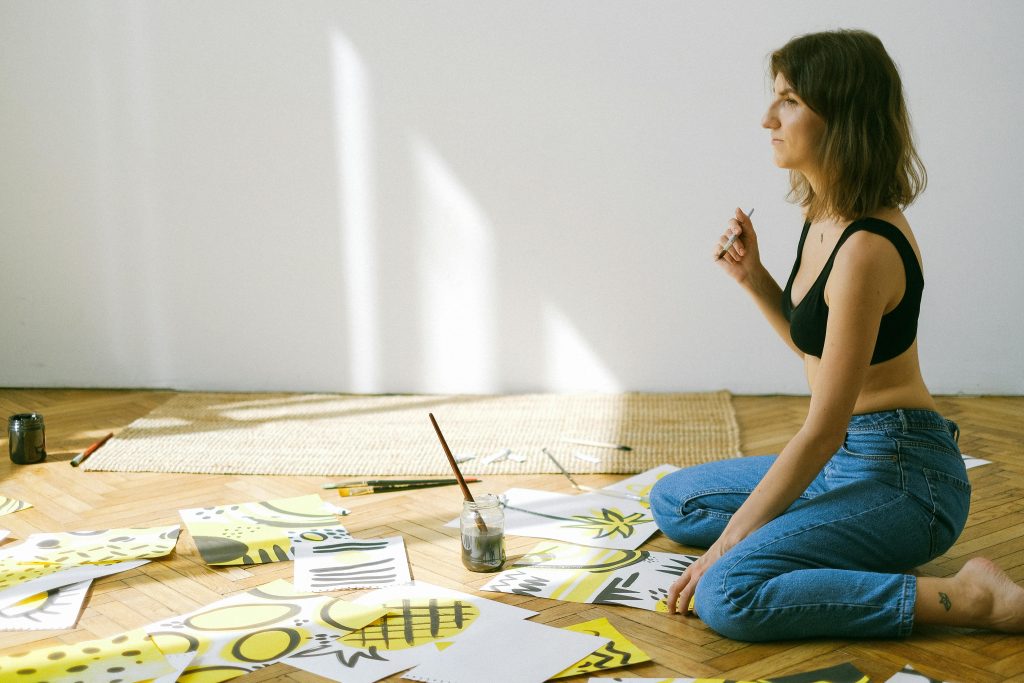
How Copyright Works
In most jurisdictions, copyright is automatically conferred upon the creation of an original work. This means that as soon as an artist creates a piece of art, they own the copyright to it, provided it is fixed in a tangible medium. This includes paintings, drawings, digital art, and photographs. While registration of copyright with a government authority can enhance an artist’s ability to enforce their rights, it is not a requirement for protection.
Copyright Infringement
Selling art online also means that artists must be vigilant about copyright infringement. Unauthorized use of an artist’s work—such as reproducing it without permission—constitutes infringement. This can occur in various forms, including digital reproductions, merchandise, or even unauthorized displays on social media platforms. Artists need to be proactive in monitoring the use of their work and be prepared to take legal action if necessary.
Contracts: The Backbone of Online Sales
In addition to understanding copyright, artists should be well-versed in the importance of contracts when selling art online. Contracts serve as legal agreements between parties and are essential for clarifying the terms of sale, rights granted, and obligations of each party.
Essential Elements of a Sales Contract
A solid sales contract should include the following elements:
- Description of the Artwork: Clearly describe the artwork being sold, including dimensions, medium, and any unique features.
- Purchase Price: Specify the price agreed upon for the sale and any applicable taxes or fees.
- Payment Terms: Outline how and when payment will be made, including any deposit requirements.
- Delivery Terms: Define how the artwork will be delivered, who is responsible for shipping costs, and the timeline for delivery.
- Copyright and Licensing: Clearly state whether the seller retains copyright or if any rights are transferred to the buyer. This section is crucial in protecting the artist’s interests.
- Returns and Refunds: Include terms for returns or refunds, detailing the conditions under which these may occur.
- Governing Law: Specify which jurisdiction’s laws will govern the contract in case of a dispute.
Protecting Your Interests
Contracts not only protect the seller but also provide clarity for buyers, establishing a professional relationship. Using a written agreement reduces misunderstandings and can help mitigate disputes. Even when selling art on informal platforms or social media, having a clear contract in place is advisable.
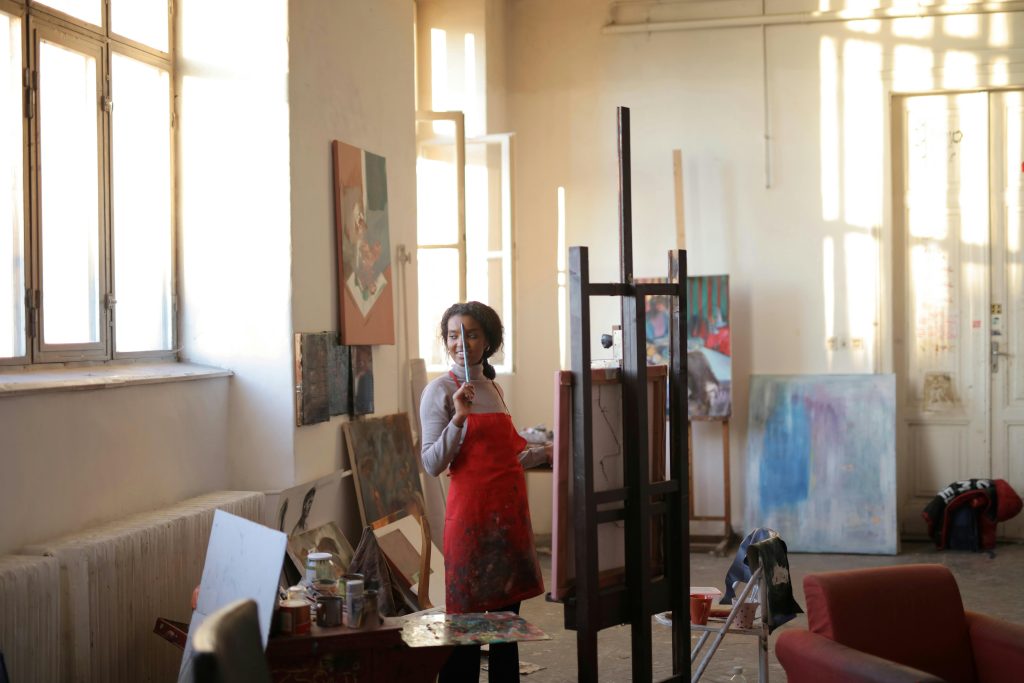
Additional Legal Considerations
While copyrights and contracts are central to selling art online, there are other legal aspects that artists should consider.
Licensing Agreements
If an artist chooses to allow others to use their artwork—whether for reproduction, merchandise, or other uses—they should enter into a licensing agreement. This legal document specifies how the artwork can be used, the duration of the license, and any compensation the artist will receive. Licensing can provide a valuable revenue stream for artists while maintaining control over their work.
Taxes and Compliance
Selling art online can have tax implications, and artists must be aware of their obligations. In many jurisdictions, artists are required to collect sales tax on transactions, which may vary depending on the location of the buyer. It is essential to consult with a tax professional to understand local laws and ensure compliance.
Privacy and Data Protection
When selling art online, artists often collect personal information from buyers, such as names, addresses, and payment details. It is essential to comply with data protection laws, which may require a privacy policy detailing how this information is used and stored. Ensuring the security of this data is not only a legal obligation but also builds trust with customers.
Moral Rights
In addition to copyright, artists may have moral rights, which can include the right to attribution and the right to integrity. Moral rights protect the personal and reputational value of a work and can vary significantly by jurisdiction. Artists should be aware of their moral rights and how they apply to online sales, as they may impact the way their work is displayed or altered.
Selling art online offers exciting opportunities for artists, but it also requires a solid understanding of the legal aspects involved. Copyrights are a critical foundation for protecting creative work, while contracts play a vital role in defining the terms of sale. Additionally, artists must navigate licensing, tax obligations, and privacy considerations to ensure compliance and protect their interests.
Seeking Legal Advice
Navigating the legal complexities of selling art online can be overwhelming. It is highly recommended to consult with an attorney specializing in intellectual property law to ensure that your business is protected. An attorney can provide tailored advice based on your specific circumstances and help you understand your legal rights and obligations.
By being informed and proactive about these legal aspects, artists can focus on what they do best: creating art. Whether selling through established platforms or personal websites, understanding the legal landscape will empower artists to thrive in the digital marketplace.
[ad_2]
Source link
Legal Considerations for Murals and Public Art
[ad_1]
Murals and public art can significantly enhance an urban landscape, making art accessible to the entire community as well as serving as markers of community identity. But the creation and installation of these works of art comes with a complex web of legal considerations. Artists, property owners, and local governments must navigate the myriad legal issues and concerns applicable to public art projects. This article outlines some of the key legal considerations relevant to murals and other public art.
-
Copyright Ownership and Permission
One of the fundamental legal questions in public art is ownership. The first step in any public art project is to secure the rights to the wall or other space where the work will be placed and displayed. Before work begins, the artist or sponsoring organization and the owner of the property on which the art will reside must enter into a written agreement providing explicit permission to use the property for public art, among other issues, including:
- Any maintenance and repair obligations,
- Ownership of the work of public art (typically held by the property owner),
- Ownership of the underlying intellectual property (typically retained by the artist),
- Plans for what happens if the physical location or building is sold (does the agreement run to the new owner, effectively acting as an easement on the property?),
- Consideration of whether the property owner can alter or destroy the work,
- The specifications of the work of public art, including size, medium, and any content restrictions (i.e., no religious content, no sexual content, etc.),
- Agreement on how long the work will stay up, and
- The dates and times set for installation of the work, among other issues.
-
Photo by Mohan Nannapaneni from Pexels Moral Rights
Artists in some jurisdictions throughout the world have robust moral rights, which protect the artist’s personal and reputational interests in their work. In the U.S., though, moral rights are somewhat limited. However, in addition to copyright, thanks to the Visual Artists Rights Act (“VARA”) and common law, when it comes to public art, artists do have strong moral rights. These rights typically include:
- Attribution: The right to be recognized as the creator of the work.
- Integrity: The right to object to any derogatory treatment of the work, including destruction or mutilation.
Artists should be aware of their moral rights and negotiate their inclusion in licensing agreements when working on public art projects, with specific reference to VARA.
-
Zoning and Permitting
Public art installations may require compliance with local zoning laws and permitting processes. Many municipalities have specific regulations governing public art, which may include:
- Permits: Some cities require artists and property owners to obtain permits before installing murals or other public art. This process may involve submitting designs for approval to ensure they align with community standards.
- Zoning restrictions: Local zoning laws may dictate where murals or other public art can be located, particularly in historic districts or residential areas.
- Content restrictions: Different local rules may apply depending on whether the public work touts a business or brand or if the work is purely artistic.
Artists and property owners should consult local government websites or offices to understand the necessary permits and zoning regulations before starting a project.
-
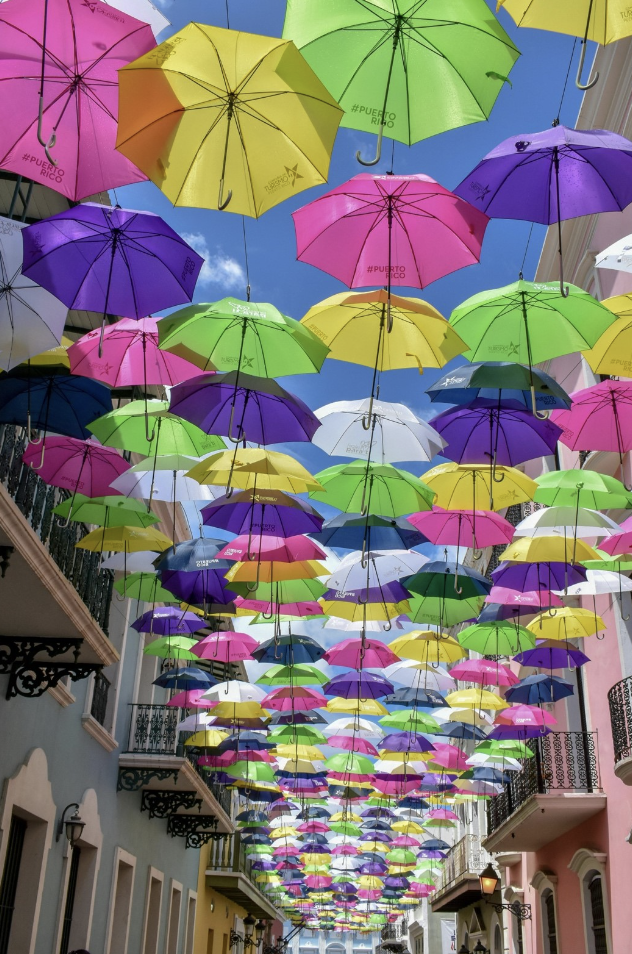
Photo by Nilda Guzman from Pexels Funding and Sponsorship
Many public art projects are funded through grants, sponsorships, or crowdfunding. Each funding source may come with its own legal considerations:
-
Grant Requirements
When applying for grants, artists must adhere to specific guidelines that may include:
- Reporting requirements: Grantors often require detailed reports on the project’s progress and outcomes.
- Intellectual property rights: Some grants may stipulate ownership of the final work or require the grantee to license the work back to the grantor for promotional purposes.
-
Sponsorship Agreements
If a business sponsors a mural, a formal sponsorship agreement is highly recommended. This document should outline the expectations of both parties, including:
- Financial contributions: Clearly state the funding provided.
- Branding and promotion: Specify how the sponsor’s brand will be represented, if at all.
-
Community Engagement and Controversy
Public art is inherently a community endeavor, and engaging with local stakeholders is crucial. However, it also opens the door to potential controversies, especially if the artwork addresses sensitive social or political issues. Be prepared to engage on these matters. Art is subjective and is unlikely to please everyone.
-
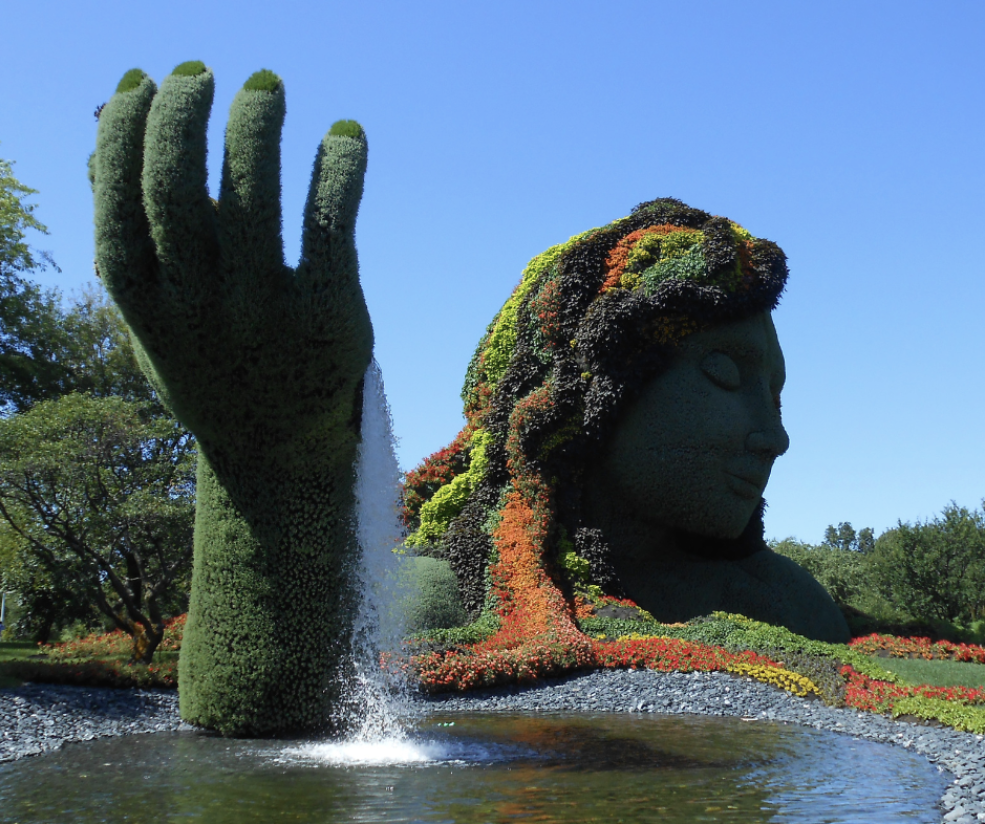
Image courtesy of Canva Community Input
Some cities require public input for art projects, particularly those funded by taxpayer money. This process may involve public meetings or other processes providing public input. Failure to engage the community may lead to backlash, vandalism, or legal challenges.
-
Controversial Works
Artists must consider the potential for controversy. While artistic expression is protected under the First Amendment, local governments may have the authority to remove or cover works that are deemed offensive or inappropriate. Artists should discuss potential content sensitivities with stakeholders to minimize the risk of backlash.
-
Vandalism and Maintenance
Public art is often exposed to the elements and potential vandalism. Legal considerations regarding maintenance and restoration can arise and should be addressed in the agreement between the artist and the property owner.
-
Liability Issues
Property owners and artists should clarify liability responsibilities in their agreements. For example, if a mural is vandalized, who bears the cost of repair? Who is liable if an individual brings a right of publicity claim because they are depicted in a mural with an arguably commercial message without their consent? These details should be explicitly outlined in the agreement between the artist and property owner to prevent potential misunderstandings.
-
Preservation Laws
Some public artworks may fall under preservation laws, especially if they are deemed historically or culturally significant. Artists and property owners should be aware of any legal protections that may impact maintenance, restoration, and removal of the work.
-
Insurance and Liability
Artists and property owners should consider obtaining insurance to protect against potential liability associated with public art projects. This may include:
- General liability insurance, which covers injury or damage that occurs as a result of the art installation.
- Property insurance, which protects against damage to the mural or public art itself.
-
Indemnification Clauses
In contracts, indemnification clauses can protect one party from liability resulting from the actions of another. For instance, if the artist’s work leads to damage or injury, the property owner may seek indemnification from the artist. Indemnification provisions must be carefully considered.
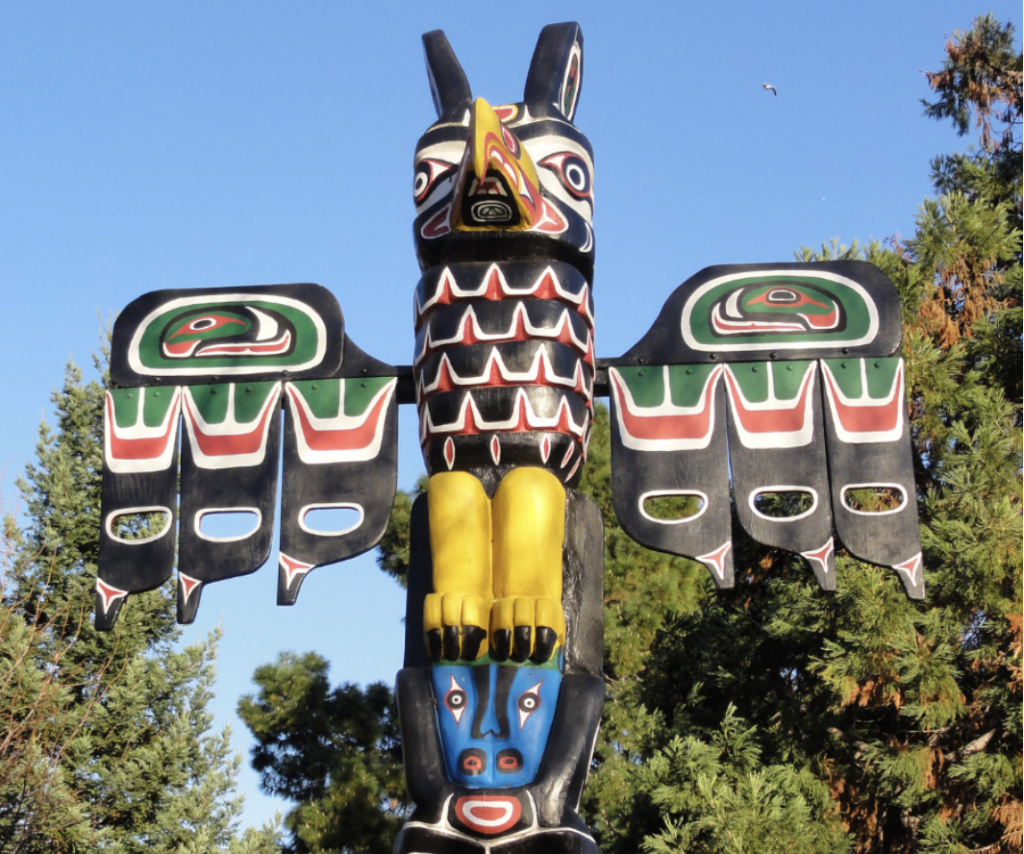
Conclusion
Murals and other public art offer significant benefits to communities, but also come with a range of legal considerations. From ownership and copyright to government permitting and community engagement, artists, property owners, and other stakeholders must navigate these complexities carefully. By understanding and addressing these various legal issues, public art can thrive and be a significant source of community pride.
________________________
Authors bio:
Co-founders of intellectual property law firm Crown® LLP, Elizabeth J. Rest and Owen Seitel have a passion for Advising Creativity®. Elizabeth is a brand builder and portfolio protector, focused on trademarks and copyrights, and Owen has more than 30 years of experience with commercial endeavors, transactions, and disputes involving intellectual property and broader business matters. They can be reached at [email protected] and [email protected].
[ad_2]
Source link
Digital Marketing Strategies for Artists – How to Sell Art Online
[ad_1]
Thanks to the Internet and new trends, the art world has expanded beyond physical galleries. Artists can now connect with a global audience through strategic online marketing. To boost art sales, understanding and implementing effective digital strategies is crucial.
This article will show you various techniques that artists can use to enhance their online presence, engage with potential buyers, and ultimately drive sales.
Understanding Your Audience
Knowing who appreciates your art and who is likely to purchase it will inform every marketing decision you make. Create buyer personas that include demographics, interests, and purchasing behavior. Use social media analytics and website data to gather insights about your audience.
Building an Engaging Website
A professional, user-friendly website is vital for any artist aiming to boost art sales. Your website serves as a central hub for potential buyers, so it should showcase your portfolio, provide information about your art, and facilitate easy purchasing options. Here are some essential elements to include:
- High-Quality Images: Ensure that your artwork is presented in high resolution. This gives potential buyers a clear view of your art, making them more likely to purchase. In case you make lifestyle images, you could use Room Mockups by ArtPlacer.
- E-commerce Functionality: Implement an easy-to-navigate online store. Platforms like Shopify or WooCommerce can help you set this up without requiring extensive technical knowledge.
- Artist Bio and Story: Share your artistic journey. Buyers often connect more with art when they understand the artist behind it.
- Contact Information: Make it easy for potential buyers to reach you with questions or custom requests.
- Blog Section: A blog can drive traffic to your site, improving your SEO and allowing you to connect with your audience through articles about your creative process, art history, or industry trends.
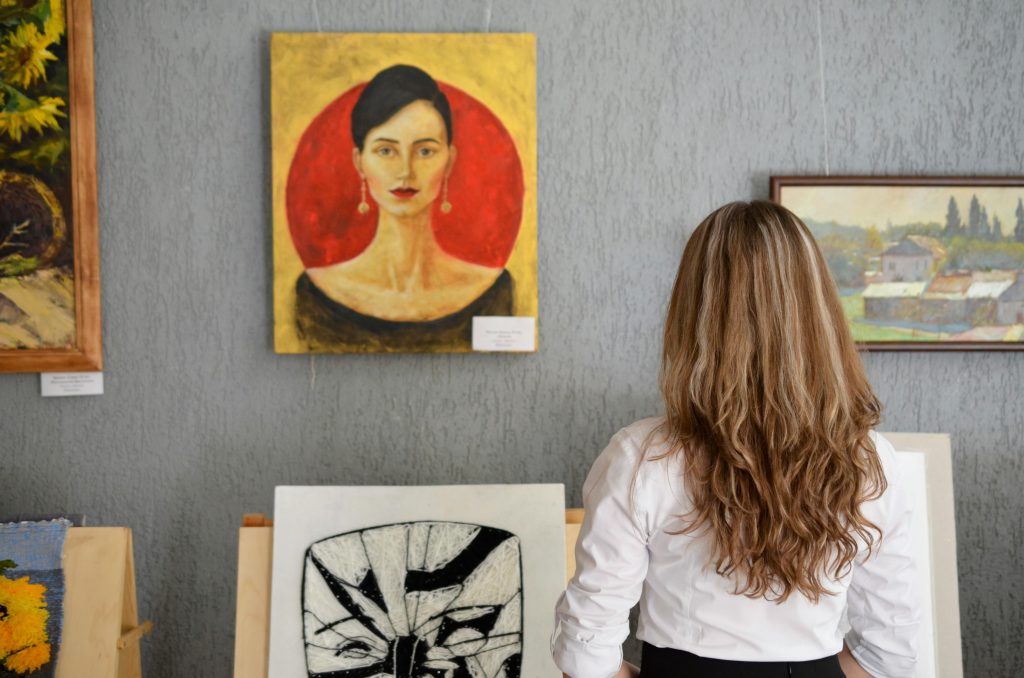
Harnessing Social Media
Social media platforms are indispensable for artists. They allow you to showcase your work, engage with followers, and promote sales. Here are some strategies to consider:
- Choose the Right Platforms: Focus on platforms where your audience is most active. Instagram and Pinterest are particularly effective for visual content, while Facebook can help you engage with local buyers.
- Create Engaging Content: Share not just finished pieces, but also behind-the-scenes looks at your creative process, works in progress, and personal stories. Engaging content can foster a connection with your audience.
- Utilize Hashtags: Using relevant hashtags can increase the visibility of your posts. Research trending hashtags within the art community and incorporate them into your social media strategy.
- Collaborate with Other Artists: Partnering with fellow artists for joint promotions or exhibitions can expand your reach and introduce you to new audiences.
- Run Paid Ads: Consider using targeted social media ads to promote specific artworks or sales events. Platforms like Facebook and Instagram offer robust advertising tools that can be tailored to your audience.
Email Marketing
Email marketing remains one of the most effective ways to communicate directly with your audience. Building a mailing list allows you to share updates, exclusive offers, and new artwork directly with interested buyers. Here’s how to leverage email marketing for artists:
- Create a Sign-Up Form: Place an email sign-up form on your website and social media profiles. Offer an incentive, such as a discount on their first purchase, to encourage sign-ups.
- Segment Your Audience: Tailor your emails to different segments of your audience. For example, send personalized messages to collectors, casual followers, or those who have previously made a purchase.
- Craft Compelling Content: Your emails should be visually appealing and informative. Include high-quality images of your artwork, share upcoming exhibitions, and provide insights into your creative process.
- Regular Updates: Send regular newsletters to keep your audience engaged. Share your latest works, upcoming events, and any special promotions you may have.
SEO and Content Marketing
Search Engine Optimization (SEO) is crucial for increasing the visibility of your website and driving organic traffic. Here are some strategies to improve your SEO:
- Keyword Research: Identify keywords related to art sales that potential buyers might use when searching online. Use tools like Google Keyword Planner to find effective keywords.
- Optimize Your Website: Include relevant keywords in your website’s content, meta descriptions, and image alt texts. This will help search engines understand what your site is about.
- Create Valuable Content: Writing blog posts that provide value to your audience can help attract visitors to your site. Topics might include art techniques, art trends, or tips for new collectors.
- Backlinking: Collaborate with art blogs or influencers to create backlinks to your site. This not only increases traffic but also enhances your site’s credibility in the eyes of search engines.
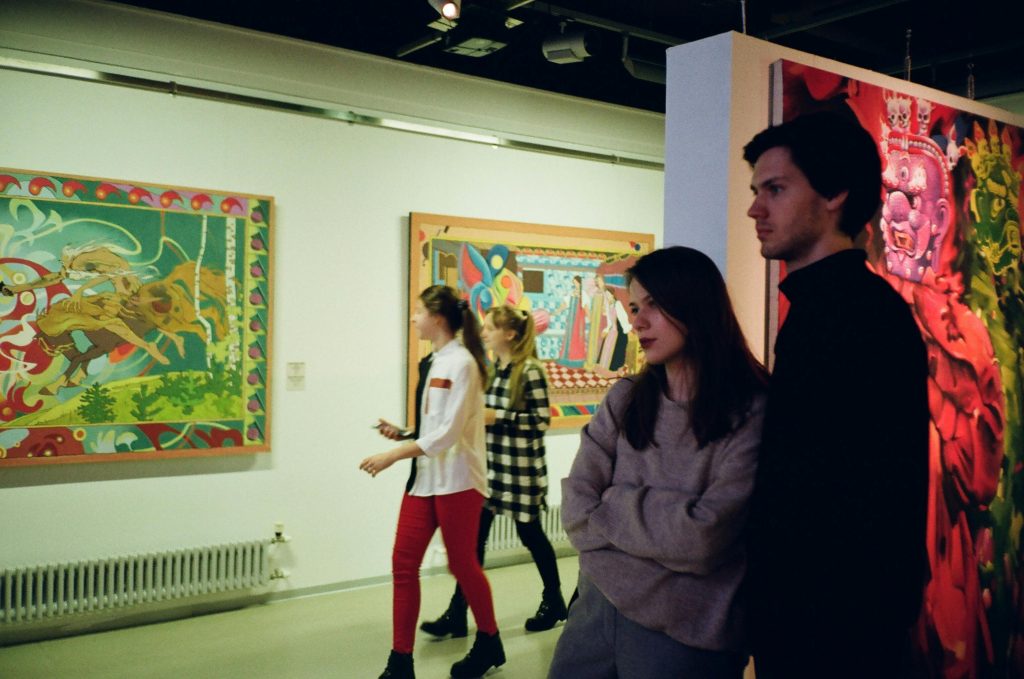
Online Art Marketplaces
In addition to promoting your own website, consider leveraging online art marketplaces to increase art sales. Websites like Etsy, Saatchi Art, and Artfinder allow artists to reach a wider audience without the need to build their own platform. These marketplaces often have built-in marketing tools and a loyal customer base looking specifically for art.
- Create Compelling Listings: When using these platforms, ensure that your listings are well-crafted with high-quality images and detailed descriptions.
- Stay Active: Regularly update your listings and engage with customers to increase visibility and sales potential.
Networking and Building Community
Building a community around your art can significantly boost your visibility and art sales. Here’s how to foster connections:
- Participate in Online Art Forums: Engage with other artists and collectors on platforms like Reddit or dedicated art forums. Sharing your expertise and participating in discussions can enhance your reputation.
- Attend Virtual Art Events: Join webinars, virtual galleries, or online art fairs. These events offer networking opportunities and can expose your work to potential buyers.
- Engage with Local Art Communities: Even in a digital world, local connections can be valuable. Collaborate with local galleries or art organizations to gain exposure.
Analyzing and Adjusting Strategies
Finally, continually analyze the effectiveness of your marketing strategies. Use tools like Google Analytics and social media insights to track visitor behavior and sales. This data can inform your decisions and help you refine your strategies over time.
[ad_2]
Source link
Top Copyright Tips for Artists
[ad_1]
As an artist of any kind, protecting your work is crucial to maintaining the integrity of your creative endeavors, preserving control of your work, and ensuring that only you and those you authorize generate revenues from your work. At the heart of this protection is copyright law. Copyright law provides creators with the rights necessary to control how their work is used, distributed, and reproduced. While copyright law is complex, with numerous caveats and exceptions, a basic understanding of copyright is crucial for any working artist.
Understanding Copyright Basics
What is Copyright?
Copyright is, literally, the right to make copies. But it is much more. Copyright grants creators certain exclusive rights to their original works. Those works can include music, audio-visual works, photography, fine art, literature, software, architecture, choreography, and more. In the U.S. and most jurisdictions, copyright protection is automatic upon the creation of an original work, as long as it is fixed in a tangible medium (like a painting affixed to canvas, a sculpture formed out of marble, or a digital file residing on your hard drive). But that protection is significantly limited without a copyright registration.
What Does Copyright Protect?
Copyright protects the expression of ideas, but not the ideas themselves. This means that while you may be inspired to paint the same landscape that hundreds of others have painted before you, your unique expression, style, and concept will be protected. For example, most Western movies have some of the same common ideas – people on horses in a dusty, dry land, good guys and bad guys, a disagreement at a saloon, a shootout, etc. While nobody can own the idea of a Western, each individual expression of that idea is a protectable creative work. Similarly, while Andy Warhol’s work may inspire you to create garishly colored silkscreens of consumer products, doing so is entirely legal unless you copy Warhol’s actual works of silkscreened soup cans, Coca-Cola bottles, and the like. You have simply expressed the same idea, but in your unique creative way, and you will be entitled to copyright protection.
Copyright grants the creator of an original work a bundle of exclusive rights in that work, including the following:
- Reproduction: The right to make copies of (reproduce) your work;
- Distribution: The right to sell or distribute copies;
- Public performance: The right to perform your work publicly (relevant particularly for music);
- Public display: The right to display your work publicly (for example with fine art); and
- Derivative works: The right to create adaptations of your work.
Tips for Protecting Your Art
-
Register Your Copyrights!
First and foremost, let us dispel a common myth: the so-called “Poor Man’s Copyright” – where you mail yourself a copy of your work to rely on the postage date stamp as proof that you created a work by a specific date. In short, the Poor Man’s Copyright gets you none of the benefits of federal registration.
Even though copyright protection is automatic once an original work is affixed to a tangible medium, registering your work with the U.S. Copyright Office provides significant additional benefits crucial to any artist, including:
- Legal proof: Registration serves as legal evidence of your ownership;
- Ability to sue, secure a damages award, and secure an award of your attorneys’ fees: With a registration, at the time of infringement, you can sue for statutory damages and secure an award of the attorneys’ fees incurred if you are forced to bring an infringement suit.
- For many artists, if a third party infringes your work, it can be very difficult to prove your actual monetary damages resulting from that infringement. This is particularly the case for artists without a track record of selling and licensing their work. But with a registration in hand, at the time of an infringement, the copyright owner can dispense with the effort of proving actual damages and, instead, opt for statutory damages, which are increased if the judge finds that the infringement was willful.
- Also, with registration, at the time of infringement, a copyright owner can seek and secure an award of the attorneys’ fees incurred in bringing the legal action. That means that the infringer, in addition to paying his/her/their attorney, may have to pay the fees of your attorney as well.
- Bottom line, infringement of a registered copyright exposes an infringer to the obligation of paying a significant monetary award in addition to the fees generated by all attorneys in the matter. This gives the registered copyright owner significant leverage, incentivizing early settlement of the claim.
- Public record: Registration creates a public record of your copyright, deterring potential infringers.

-
Keep Detailed Records
Rather than rely on the “Poor Man’s Copyright,” maintain documentation of your work process as well as publication of your work. Ideally, maintain the following:
- Sketches and drafts: Save preliminary sketches, drafts, and notes.
- Dates of creation: Keep track of when you created each original piece, and even portions thereof.
- Exhibition and publication records: Document where and when each of your works is displayed or published.
These records can help establish your ownership and the timeline of your creative process.
-
Use Watermarks
Once your work is in digital format, it is easily moved around the world in seconds. If you share your work online, consider using watermarks. A watermark is a visible overlay identifying you as the author of that work. While a watermark will not prevent someone from using your work without your authorization, it makes it clear who the copyright owner is and, especially if the infringer tries to remove it, in the context of a copyright infringement suit it can significantly bolster your assertion that the infringement was willful, perhaps leading to a higher damages award.
-
Generate Revenues from Licensing Your Work
If you wish to allow others to use your work, enter into a written license agreement specifying how your work may be used and how you will be compensated for allowing that use. Licenses can be exclusive (only party X can sell prints bearing an image of the work) or non-exclusive (grant the same right(s) to multiple parties). A license is a legal agreement that should clearly state the license granted, how long that license lasts, the reporting and accounting obligations of the licensee, and how the copyright owner will be compensated for providing that license, in addition to numerous other provisions. When a licensing opportunity arises, engage a copyright attorney to assist you in drafting that document.
-
Understand Fair Use
Fair use is a legal doctrine that allows limited use of copyrighted material without the copyright owner’s permission under certain circumstances, typically for purposes of criticism, comment, news reporting, teaching, scholarship, or research. As an artist, be aware of how fair use might apply to your work and to the works of others, particularly if you engage in practices like remixing or sampling.
-
Read Online Terms of Use
There are numerous online locations, including social media sites, that provide excellent platforms to showcase your work. But be very careful before posting your work. Check the platform’s Terms of Use because some platforms’ Terms provide that when you upload your work, you grant the platform a license to use it in various ways without your prior consent. Consider whether you want to grant this license before posting and always include a copyright notice on your image.
-
Know Your Rights When Selling
When you sell your art, clarify what rights you are transferring. The sale of an artwork does not automatically transfer copyright unless explicitly stated, in writing. For example, you may make 100 prints of your oil painting, but you are not selling or licensing your copyright in the original painting by selling these prints. Just because someone purchases a print doesn’t mean that they can make copies of the print to sell, distribute, etc. Always be clear in a sale whether the buyer receives only the physical artwork or if they also gain certain usage rights.
8. Consult an Intellectual Property Attorney
If you’re unsure about any aspect of copyright, consider consulting with a copyright attorney. Every situation is unique, and an experienced intellectual property attorney can tailor your licenses and other agreements to your specific situation, help you with copyright registration, and guide you through potential legal issues.
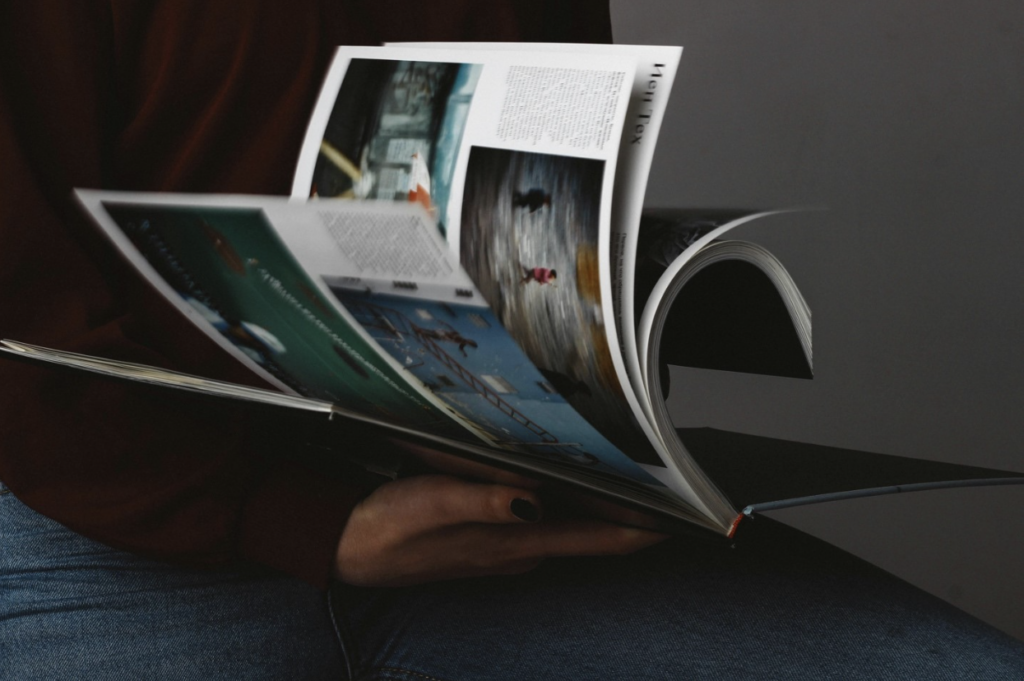
Conclusion
A basic understanding of copyright is essential for working artists, enabling you to protect your creative work, assert your rights as a copyright owner, and generate revenues from your work. By understanding copyright basics and registering your work soon after creation, you can safeguard your art from infringement and put yourself in the best position possible should your work be infringed. As an artist, your creativity deserves protection. By implementing these tips, you can focus on what you do best – creating – while ensuring that your work is recognized, respected, and protected.
____________________________
Authors Bio:
Co-founders of intellectual property law firm Crown® LLP, Elizabeth J. Rest and Owen Seitel have a passion for Advising Creativity®. Elizabeth is a brand builder and portfolio protector, focused on trademarks and copyrights, and Owen has more than 30 years of experience with commercial endeavors, transactions, and disputes involving intellectual property and broader business matters. They can be reached at [email protected] and [email protected].
[ad_2]
Source link
Featured Artist Julie Pace Hoff
[ad_1]
Folk artist Julie Pace Hoff presents a delightful portfolio of classic paintings that celebrate family and tradition. See more on her website.
“Autumn American Farm” acrylic, 20″ x 30″
My paintings are about the American family. I portray the connection, love and enjoyment we have for each other by painting every day, and memorializing special events in America.
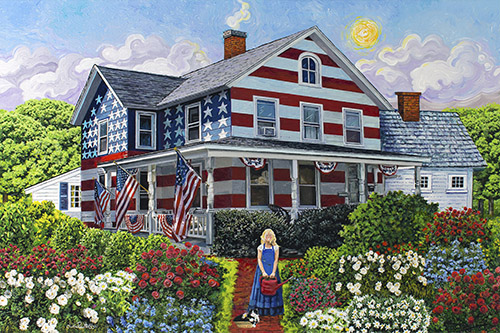
“Home Is Where The Flag Is” acrylic, 20″ x 30″
My style is described as Americana folk art. Simplistic, yet my paintings are complex in color theory, composition and a flattened perspective. I used the traditional color paint palette in my first years of painting.
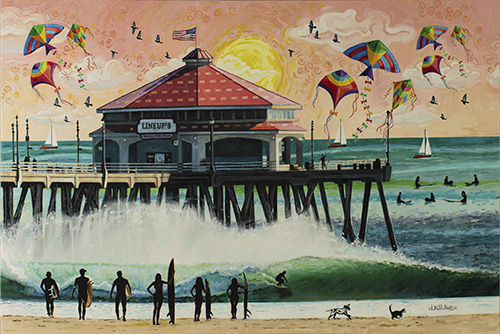
“Contemplating Serration” acrylic, 20″ x 30″
Recently, I have started using seven fluorescent acrylic colors, plus black and white, to challenge myself in color theory. I am creating bright paintings in the Americana folk art style, new to the earthy colors of the traditional Americana folk art community.
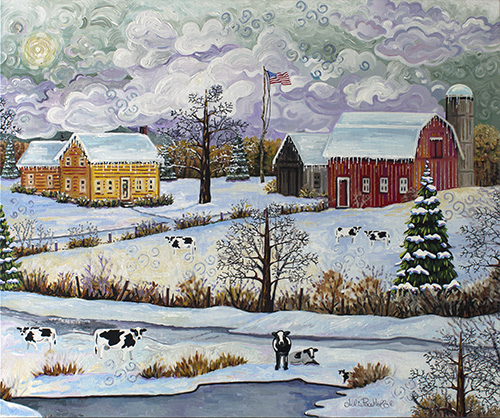
“Landscape Farm In Snow” acrylic, 20″ x 24″
My painting technique incorporates impasto, stippling, and glazes. I like to see the painting’s textures, patterns, and drawing take the viewer’s eyes throughout the painting. The viewer’s eyes never have to stop.
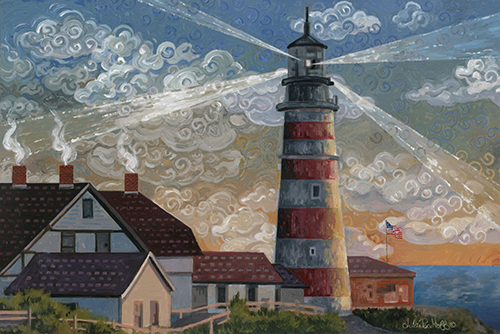
“Searching Lighthouse” acrylic, 10″ x 15″
My goal is to have my paintings bring smiles to viewers’ faces. To evoke memories of past and present times with family and friends. I would also like viewers, for just a moment, to leave reality behind and escape to a fun, wholesome, idealistic, and imaginative place.
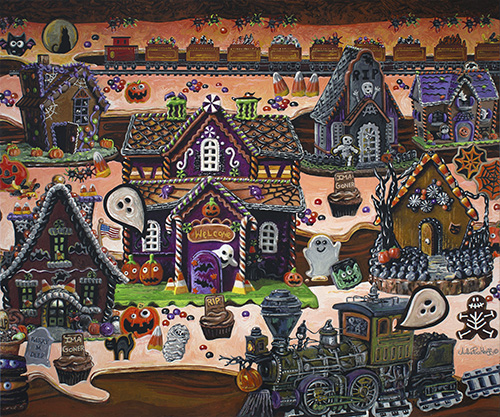
“Haunted Halloween Cookie Town” acrylic, 20″ x 24″
I’d like to stimulate conversations of happy times. I like to think that if you look closely at my paintings, you will see your family smiling back at you.
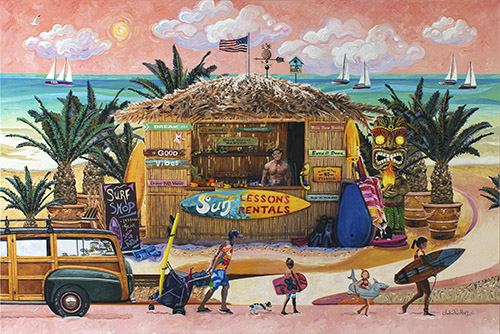
“Surf Shop” acrylic, 20″ x 30″
My artistic journey has prevailed over many decades. I’ve continued to learn many creative, spiritual and humanity lessons. I hope these lessons are reflected in my paintings.

“Santa’s New Sleigh” acrylic on wood, 24″ x 24″
I was very fortunate to be artistically trained at The Art Center College Of Design in Pasadena, California, where I graduated in January of 1983. Now I work with two online art galleries, Singulart in Paris and Saatchi in California. I also work with licensing agent Grateful Licensing, who licenses my painted images for products.
Julie Pace Hoff invites you to follow on Instagram, Facebook and X.
Want to stay current on cutting edge business articles from Artsy Shark, plus artist features, and an invitation to the next Call for Artists? Click below to sign up for our twice-monthly email. You’ll get all this plus opportunities and special offers that you can’t get anywhere else!
[ad_2]
Source link
ART TREKS: San Antonio Museum of Art | Amalia Mesa-Bains: Archaeology of Memory
[ad_1]
As part of a full slate of thematic programming in conjunction with the exhibition, SAMA will also host a movie screening; art studios for kids and teens; and the unveiling of an ofrenda designed by Mesa-Bains in honor of Emma Tenayuca, a San Antonian labor and civil rights activist.
For more information, click here.
Event details
When: Sept. 20, 2024 through Jan. 12, 2025
Where: San Antonio Museum of Art, Cowden Gallery
Tickets: $22 for adults, $17 for seniors and military members, and $12 for students; kids age 12 or younger are free
[ad_2]
Source link
Artist Contracts, Studio Loans, and Collaboration
[ad_1]
“I started to think about how I could transition the work that I was doing for other jobs—architects, music publishers, investment makers—take those skills and put them to work for artists.”
“I wanted to formalize a way of getting that information to people and helping them through the process… not providing artists with giant lists that caused them to do more work, but really eliminating a lot of the work.”
“ … Artists were saying, ‘No, I don’t use contracts. I am embarrassed to ask for them.’”
“I had this idea that it would be great to create a bulletin board where these people could find each other. And then if they want to share space, loan out… somebody wants to loan out their studio and somebody wants to borrow a studio, they can be protected by using a contract.”
“Networking, to me, is not about telling other people about me. It’s getting to know my community … just so that I have that information.”
“Artists are creative problem solvers, and it doesn’t always have to be something very complicated.”
[ad_2]
Source link
Meet the Gallery: Sparks Gallery
[ad_1]
Located in the Sterling Hardware Building in the Gaslamp Quarter District of downtown San Diego, Sparks Gallery is a contemporary art gallery and serves as a premier mid-sized event venue for both public and private gatherings.
Founded in 2013, Sparks Gallery exhibits and sells original Contemporary Artwork primarily by Southern California artists who innovate and provide excellent craftsmanship in a multitude of mediums. Through our exhibitions, we aim to elevate both emerging and established artists, providing a platform for their voices to be heard and celebrated. We stand for accessible, affordable, and purposeful art and jewelry that is locally made. We stand against art being inaccessible, exclusionary, and confusing to purchase, and against “art” that is made in a factory.
Sparks: Hi, I’m Sonya Sparks, owner and chief curator at Sparks Gallery in downtown San Diego. With a focus on surreal and impressionistic artwork, the gallery curates towards emotive works with strong narratives, in themes ranging from portraiture and figurative to landscape and conceptual. I founded Sparks Gallery in 2013 to encourage the patronage of local artists, support local art groups and institutions, and to educate the public about Southern California artists. We also support artists by offering consultations to develop their business and gallery strategy.
ABN: What is your background?
Sparks: I studied art while obtaining my bachelor’s degree in business administration at the University of San Diego. I worked in international wholesale and online marketing, then search engine optimization (SEO).
ABN: What is your work philosophy and how does that impact the gallery?
Sparks: As an inducted member of the Beta Gamma Sigma Business Honor Society, I champion ethical business leadership and lead with quality and customer service at the forefront. This results in a professional, welcoming environment in the gallery where we clearly show the prices of the artwork and have clear internal guidelines that we follow to create a holistic client experience.
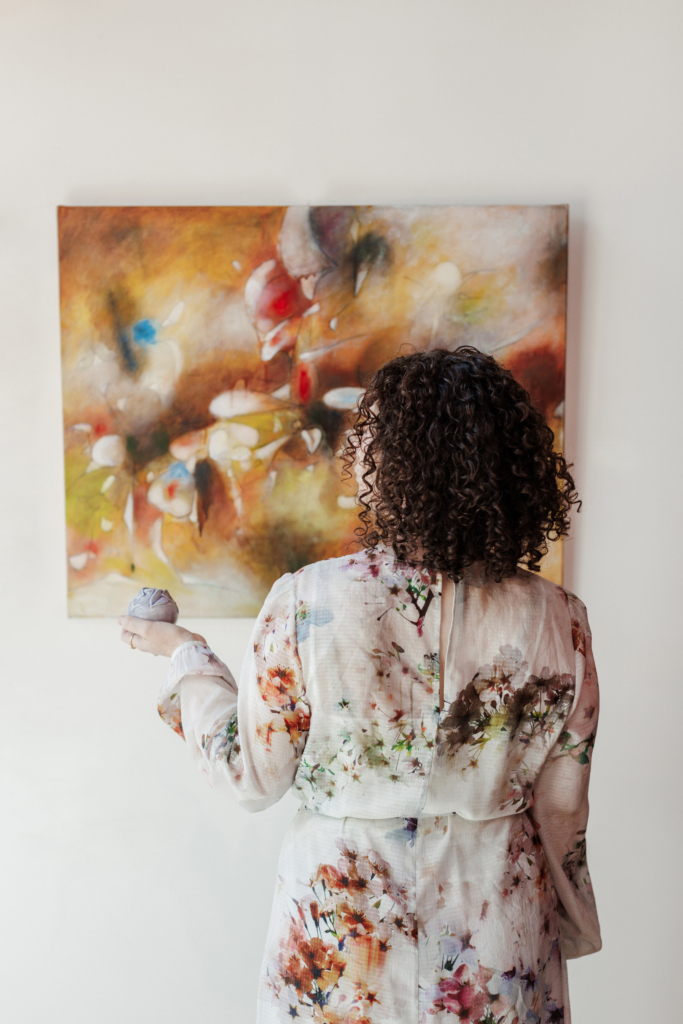
ABN: What artist(s) inspire you?
Sparks: I am inspired by all the artists that we show, however, I am partial to photographic work and admire those who can do it well. Some of the contemporary photographers that I appreciate and who I am inspired by who reside locally are: Paul Turounet, Michael Mulno, Suda House, Annalise Neil, David Fokos, Philipp Scholz Rittermann, to name a few. I studied the work of several international photographers and performance artists who inspired me to develop my own personal work surrounding the ideas of consumerism, consumption, and branding while in college.
ABN: What is the best advice you’ve received?
Sparks: There is no one piece of advice that I want to underscore, but rather I have had great mentors who, along the way, have guided me as I come up against roadblocks or need to bounce ideas off of someone.
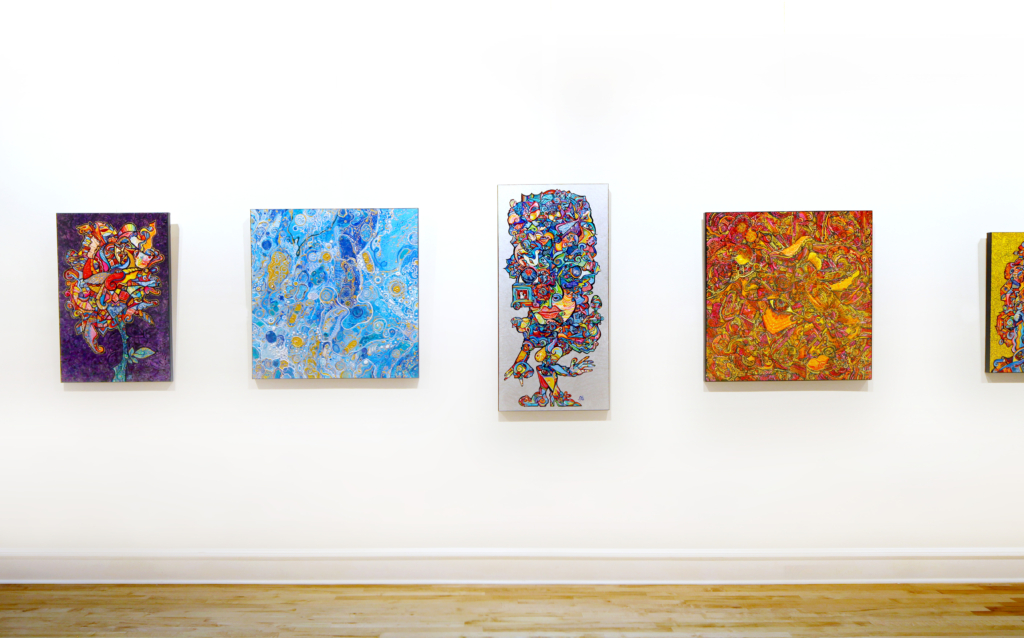
ABN: You recently had a 1920s Deco Party in the gallery and you host parties and openings regularly. Tell us about them and why they are importnat to the gallery.
ABN: When you are not working, where can we find you?
Sparks: When I am not working, I spend time in the mountains or desert with my family, or I am at home homeschooling my children.
[ad_2]
Source link
Are You Selling Out? | Artsy Shark
[ad_1]
[ad_2]
Source link

